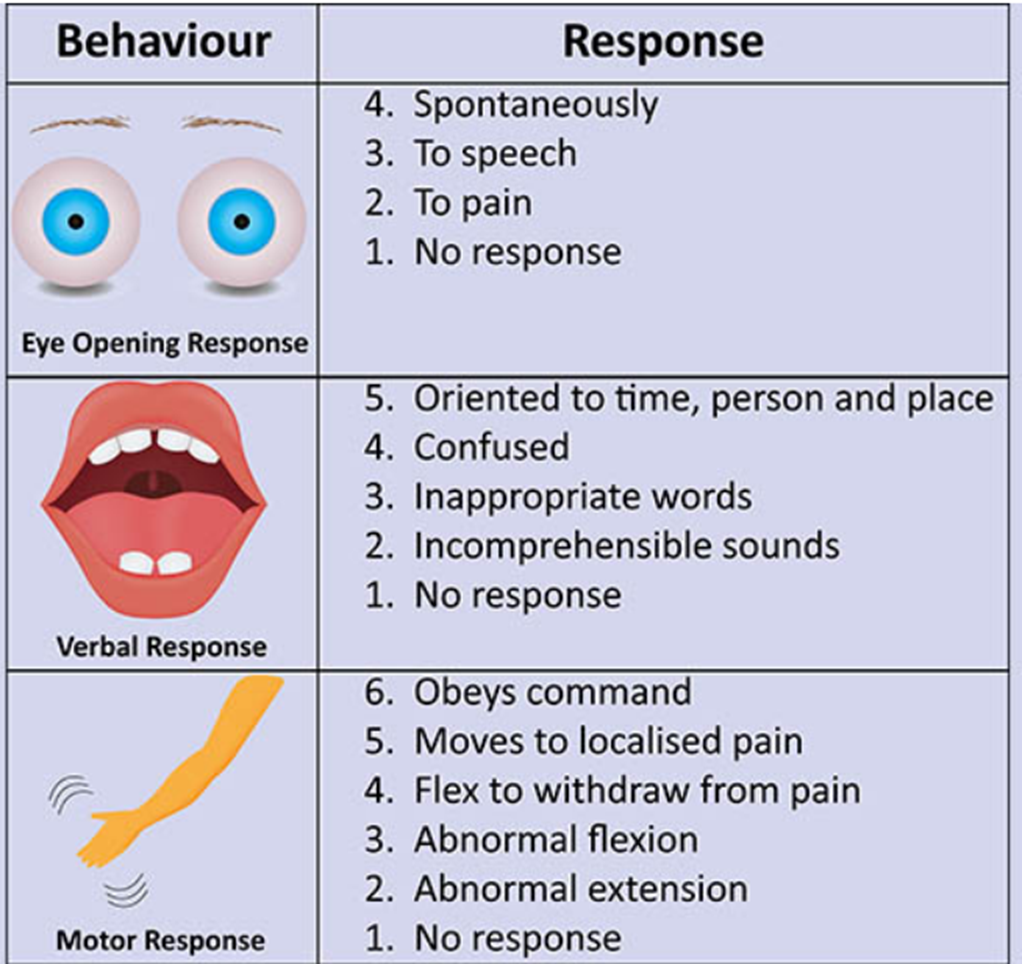An older adult comes to the emergency department after falling at home, and reports "I can't walk without losing my balance." Which steps should the nurse implement for this client?
Organize the reperfusion recombinant tissue plasminogen activator (tPA) infusion.
Determine symptom onset or when the fall occurred.
Arrange for a transfer immediately to the radiology department.
Perform a comprehensive neurologic assessment.
None of the above.
The Correct Answer is D
Choice A reason: Organize the reperfusion recombinant tissue plasminogen activator (tPA) infusion is not the appropriate step, as it is a treatment for acute ischemic stroke, which has not been confirmed in this client. tPA is a clot-busting drug that can restore blood flow to the brain, but it has strict criteria and time window for its use. The nurse should not assume that the client has a stroke without further assessment and diagnosis.
Choice B reason: Determine symptom onset or when the fall occurred is not the appropriate step, as it is not the priority for this client. The nurse should first assess the client's vital signs, neurologic status, and potential injuries from the fall. The symptom onset or fall time may be relevant for the diagnosis and treatment of the underlying cause, but it is not the most urgent information to obtain.
Choice C reason: Arrange for a transfer immediately to the radiology department is not the appropriate step, as it is not the most immediate intervention for this client. The nurse should first stabilize the client's condition, perform a thorough assessment, and obtain orders from the medical provider. The radiology department may be needed for diagnostic tests, such as computed tomography (CT) scan or magnetic resonance imaging (MRI), but it is not the first destination for this client.
Choice D reason: Perform a comprehensive neurologic assessment is the appropriate step, as it can help identify the possible cause of the client's balance problem and rule out a stroke or other serious condition. A neurologic assessment includes checking the client's level of consciousness, orientation, speech, cranial nerve function, motor strength, sensory perception, coordination, and reflexes. The nurse should also monitor the client's vital signs, oxygen saturation, and blood glucose levels.

Nursing Test Bank
Naxlex Comprehensive Predictor Exams
Related Questions
Correct Answer is C
Explanation
Choice A reason: Allergies to dairy are not commonly associated with the development of cardiovascular comorbidities for those diagnosed with type 2 diabetes, as they do not directly affect the blood glucose levels, blood pressure, or cholesterol levels. However, allergies to dairy may limit the dietary choices and nutritional intake of some individuals with type 2 diabetes.
Choice B reason: History of hypothyroidism is not commonly associated with the development of cardiovascular comorbidities for those diagnosed with type 2 diabetes, as it does not cause insulin resistance, hyperglycemia, or inflammation. However, hypothyroidism may increase the risk of obesity, dyslipidemia, and hypertension, which are risk factors for cardiovascular disease.
Choice C reason: Alcohol use is commonly associated with the development of cardiovascular comorbidities for those diagnosed with type 2 diabetes, as it can affect the blood glucose levels, blood pressure, and cholesterol levels. Alcohol can also interfere with the action of insulin and oral diabetes medications, increase the appetite and calorie intake, and damage the liver and pancreas.
Choice D reason: Chronic constipation is not commonly associated with the development of cardiovascular comorbidities for those diagnosed with type 2 diabetes, as it does not directly impact the blood glucose levels, blood pressure, or cholesterol levels. However, chronic constipation may indicate poor dietary habits, dehydration, or medication side effects, which may affect the overall health and well-being of individuals with type 2 diabetes.
Choice E reason: None of the above is not the correct answer, as there is one choice that is commonly associated with the development of cardiovascular comorbidities for those diagnosed with type 2 diabetes.
Correct Answer is C
Explanation
Choice A reason: Histoplasmosis is a fungal infection that affects the lungs, but it is not a chronic condition and does not cause airflow obstruction. It is not included in the diagnosis of COPD.
Choice B reason: Bacterial pneumonia is a bacterial infection that causes inflammation and fluid accumulation in the lungs, but it is not a chronic condition and does not cause permanent damage to the airways. It is not included in the diagnosis of COPD.
Choice C reason: Bronchial asthma is a chronic condition that causes inflammation and narrowing of the airways, resulting in difficulty breathing, wheezing, coughing, and chest tightness. It is one of the main conditions that make up COPD, along with chronic bronchitis and emphysema.
Choice D reason: Mycobacterium tuberculosis is a bacterial infection that causes tuberculosis, a serious disease that affects the lungs and other organs. It is not a chronic condition and does not cause airflow obstruction. It is not included in the diagnosis of COPD.
Whether you are a student looking to ace your exams or a practicing nurse seeking to enhance your expertise , our nursing education contents will empower you with the confidence and competence to make a difference in the lives of patients and become a respected leader in the healthcare field.
Visit Naxlex, invest in your future and unlock endless possibilities with our unparalleled nursing education contents today
Report Wrong Answer on the Current Question
Do you disagree with the answer? If yes, what is your expected answer? Explain.
Kindly be descriptive with the issue you are facing.
